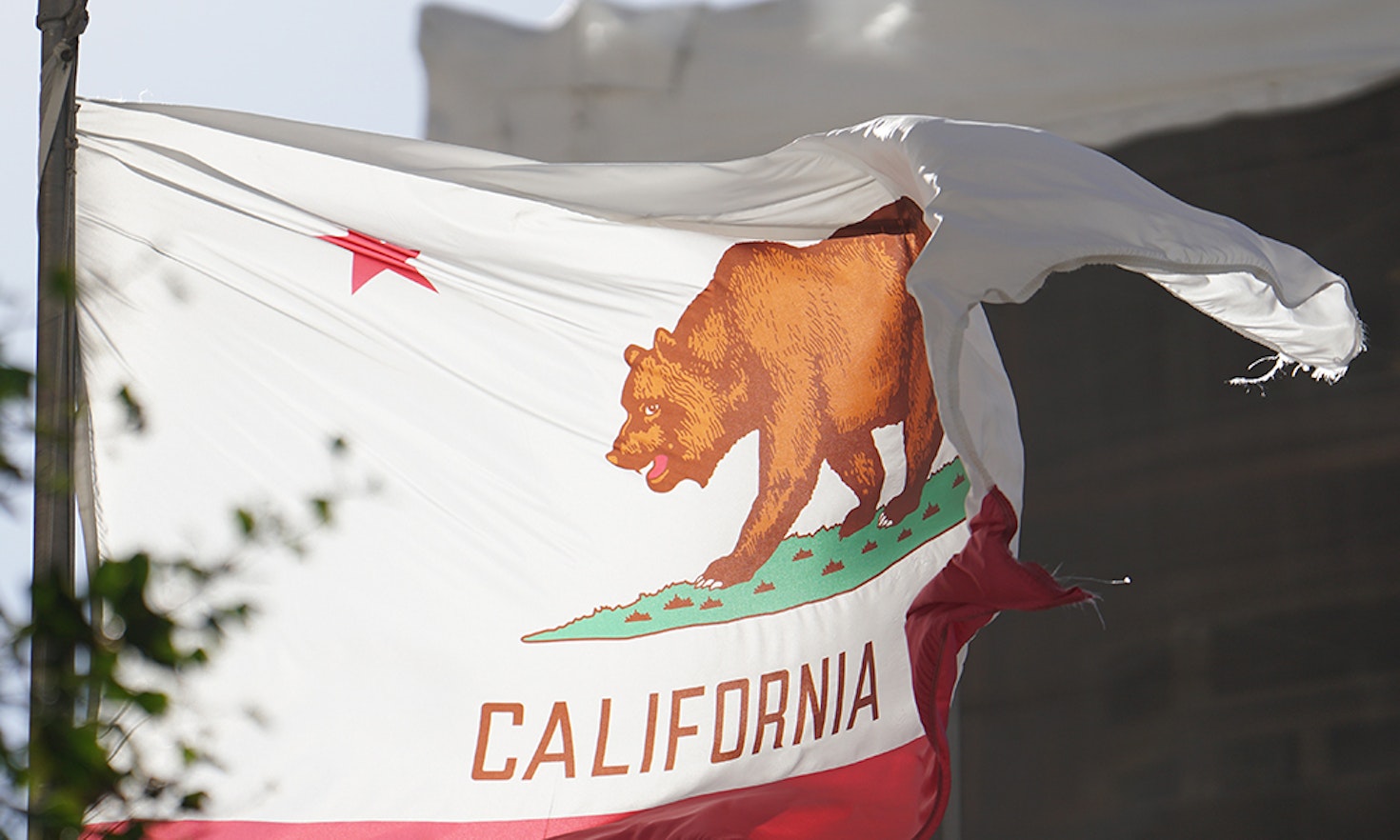
Refugee Relocation: Nationalist Isolation or European Solidarity?
 Abdullah Omar Yassen
Abdullah Omar Yassen
Although separated by a nine-hour time difference, an eleven-hour flight, and a natural proximity with Asia and Latin America, California seems to keep glancing over at Europe. You just have to pay attention to see the clues.
California’s growing wine industry frequently looks to France and Italy for its quality standards, while restaurants and bars offer an expensive array of Mediterranean-inspired fare. San Francisco’s and Los Angeles’ infamous traffic jams are lined with European cars, while the logos of European companies decorate buildings in Silicon Valley. Californians’ style mirrors the Old Continent fashion capitals and, perhaps less significant but no less indicative, within the new skyrocketing cycling movement possessing an expensive European-made bicycle is an unequivocal status symbol. Unfortunately, riding a name-brand bike only marginally improves uphill performance since its individual leg strength that counts and not geographical origin.
According to the 2018 data, California is the top exporting US state to Europe of computers, electronics, transportation equipment, chemicals, and other manufactured commodities. It comes as no surprise that the Old Continent is a strategic counterpart for trade and partnerships, especially for the San Francisco Bay Area, world epicenter of the “digital revolution”, Artificial Intelligence, self-driving cars, and Mars private space challenges.
Despite being geographically apart from each other, Europe and the Golden State are nevertheless substantially interconnected. This is even more evident socially: the large number of European expat communities of European passport holders working in Californian companies, start-ups, and universities as well as in Californian-based European hubs. The socio-cultural interchange is also seen on the relational level among the bilingual and multi-passport offspring who define Euro-Cali families. Business and culture are the powerful glue bringing people together beyond political borders and geographical distances.
However, spontaneous interchanges and recurrent EU-related questions add to the picture. From a distance, the “European Space” is highly understandable. Besides skeptical requests for Brexit forecasts and pullout mechanisms, EU-related conversations in the San Francisco Bay Area primarily revolve around welfare differences and institutional architecture.
Discussions of welfare differences usually trigger statements that Europeans experience less anxiety compared to the striving middle class in America. Decades-long student loans, the exorbitant cost of private health care insurance, and chronic lack of social services generate anguish that is hardly understandable on the Old Continent. Which brings us to the first recurring question:
– “Why the growing anger among Europeans?”
Even with all the explanations for the EU’s supposedly neo-liberal turn, I don’t have much clarity to offer to my random interlocutor:
– “I frankly don’t understand it myself. Maybe it’s just like in life. Sometimes either you keep moving forward or you spin downward. You know, challenges keep you away from going to dark places.”
Conversations around institutional architecture usually prompt classic questions on EU decision-making procedures, regulation entanglement, and who is actually driving the bus. Californian I.T. companies have substantial interests in Europe. Things such as Internet privacy governance, anti-trust mechanisms, products security standards and intellectual property are fundamental to running a European-based business. Comparative explanations with the US Constitutional system seem to be helpful. Two-chamber Congress (one representing the fifty states, the other representing the nation), the President and the government, federal judicial power and the US Supreme Court are similar in Europe to the Parliament and the Council, the Commission, and the ECJ. US Federal bureaucracy can be compared to the EU. Even the polarization between Member States and Brussels is understandable from an American cultural perspective. Although the pieces of the puzzle are pretty much the same, the EU is still projecting a different institutional configuration. Which brings us to the second question:
– “Why don’t you guys just go federal?”
– “Man, I really don’t know! Maybe it’s just like in life. How many times do people think they should start exercising? Or how often do people put off going on a diet?”
However, I realize that my explanations aren’t helpful so I try to fill in the picture with some details:
– “You know in Europe we speak 24 official languages (not to mention countless dialects and unofficial regional ones), cultural nuances vary widely every 20 miles, and collective identities are rooted in deep historical layers. Maybe it takes just a little longer to harmonize this wonderful and amazing diversity.”
People warmly thank me for the conversation and cheerfully say goodbye. I doubt I will have more insightful answers for the next curious questioner. But what I am pretty certain of is that, like its awe-inspiring landscape, the opportunities in California are vast and expansive and new ideas about the world of tomorrow quickly flow from Silicon Valley’s desktops. As a result European populism and EU-related governance complexities feel like a distant and vague reality to most.
 | Andrea Lollini is Professor at UC Hastings College of Law (San Francisco) and at the University of Bologna (Italy). His interdisciplinary research aims to explore how fundamental rights are transformed by new developments in neurosciences. He works at the UCSF-ALBA Neurobiology Lab and the UCSF-Dyslexia Center coordinating the “Language Based Learning Disability Prison Pilot Study”. To keep his mind possibly clear, he cycles crazy miles up and down steep Californian roads. |
This content is licensed under a Creative Commons Attribution 4.0 International license except for third-party materials or where otherwise noted.